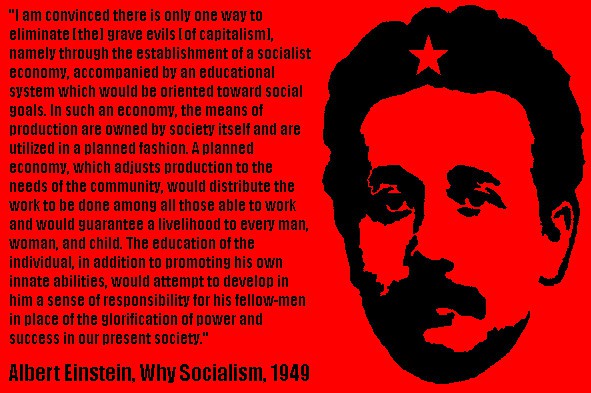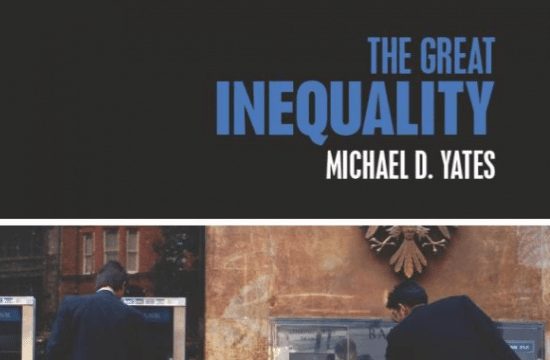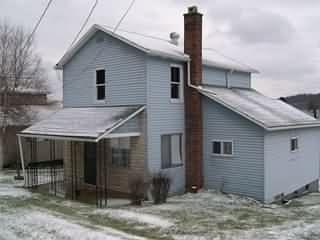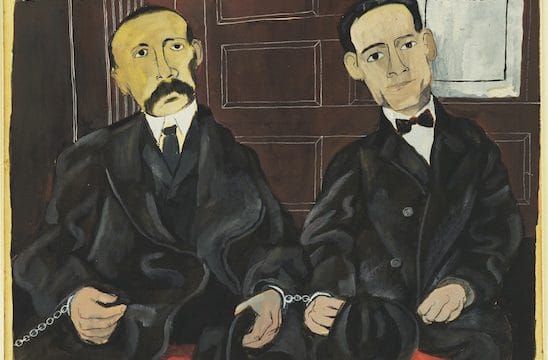[Note: This first appeared in Counterpunch at http://www.counterpunch.org/yates10102007.html. It is based upon a story in the book.]
Alan Greenspan’s new memoir has put his tenure as Federal Reserve chairman on the hot seat, as critics ask whether he bears responsibility for the housing bubble and for his failure to vocally reject the Bush tax cuts. Missing from this criticism is an understanding of what the Federal Reserve System is about. The real job of Mr. Greenspan and his predecessors and successors is to protect the country’s creditors and in the process extend and solidify the ownership and control a tiny minority of extremely rich persons have over profit-generating property. By extension this means that the monetary authorities aim to diminish and weaken the political strength of working people, who through their collective actions have provided the only real counterweight to the power of the wealthy.
Consider the housing bubble and the very low interest rates that brought it about. In our travels my wife Karen and I met a wealthy and prominent man in a Midwestern city. He was a successful professional, and he has used his considerable earnings to buy real estate. During the past few years, his holdings have risen dramatically. Today he is perhaps the largest real estate owner in town.
It occurred to me that a key to this man’s ability to accumulate property was the very low interest rates generated by the easy money policy of the Federal Reserve System that marked the first half decade of the twenty-first century. In 2000, the stock market began a precipitous decline, first in the “dot-com” sector and then, in 2001, the rest of the market. In the late 1990s, there was a sharp run-up in prices, which, as often happens in capitalist economies, had become a bubble, with investors buying stock simply because everyone else was. The stocks of companies that had consistently lost money and had limited prospects for future profits were trading at remarkably inflated prices. When the big traders started to sell, the floodgates opened and prices plummeted. The events of September 11 compounded the bear market, and share prices fell further. As those whose wealth had diminished and whose debts had risen were forced to cut their consumer spending and investment, what economists call aggregate demand for the economy’s output began to fall and threatened a recession.
Presumably to forestall a downturn, the Board of Governors of the Federal Reserve System, chaired by Mr. Greenspan, began to implement monetary policies that pressured interest rates sharply downward. According to standard economic wisdom, falling interest rates will stimulate both consumer and capital spending, increasing both output and employment. While these things happened to some extent, the main outcome was that low interest rates (lower than at any time in forty years) encouraged borrowing, not to finance the building of productive capital, but to buy real estate. New home construction boomed (with, by the way, many socially negative but seldom discussed consequences – deforestation, traffic congestion, continuous road construction, air pollution, and erosion of communities by second, third, and fourth home owners.) Sales of existing homes skyrocketed too, as did the refinancing of mortgages, with the latter fueling a burst of home repairing and remodeling.
Because of low interest rates, the businessman we met was able to leverage his existing properties into much larger holdings without incurring high-interest mortgages. As his wealth increased, so too did his political and social influence in the town. And his ability to purchase still more property rose in tandem with the greater wealth the low interest rates made possible. All across the United States there are businessmen like this one; and in cities large and small, they have gained what we might call “class power.” They are not the economic elite, which owns the “commanding heights” of the economy, but they are closely allied with and take direction from them. And of course, those who do control the “commanding heights” acquired property on a scale that makes our businessman look like a piker.
For working people, low interest rates meant something different. Some were able to refinance mortgages and reduce their monthly payments, but for most the money saved was simply spent on consumer goods. If money was borrowed against houses that had appreciated in value, the result was still more debt. If new homes were bought, there was a good chance, especially for minority borrowers, that the interest rate was not the low one given to richer borrowers. Instead banks gave so-called subprime loans, with higher rates and thousands of dollars of hidden charges. As real estate growth degenerated into a “bubble,” financial institutions engaged in an orgy of dishonest advertising, urging everyone to become a home owner. Thousands of poorer, working-class people were sucked into a bevy of mortgage schemes that promise years of debt dependency, bankruptcy, and foreclosure.
Alan Greenspan’s low-interest-rate-fueled real estate boom was in essence a form of class warfare, strengthening the power of large property holders while reducing that of working persons. Recent Fed actions confirm this. The interest rate cuts will not help homeowners now in trouble. The banks will not cut deals with them, and prospective buyers will not get lower rate mortgages. The banks and other creditors, however, now have the liquidity necessary to help them ride out the crisis. And should the economy slip into recession, so what? Those on top will buy up those without enough ready cash to withstand a downturn, concentrating economic power still further. Workers will lose their jobs, and there will be more foreclosures. But they are too disorganized and demoralized to do anything about it.
Low interest rates used to be a rallying cry of American populists like William Jennings Bryan. Farmers and small business owners needed low rates, they said, to compete with their larger rivals. Workers joined them in great political upheavals. But in a society marked by large income and wealth inequalities and a moribund labor movement, low interest rates only served to make such disparities wider. They made the rich richer and the poor poorer. It is difficult to believe that at least some of this wasn’t intentional. During the Greenspan years, we have witnessed a rush of money flowing from the bottom to the top of the income distribution, now more unequal than at any time since the 1920s. Economic – and political – power are firmly entrenched at the top too. Alan Greenspan did his job well.








